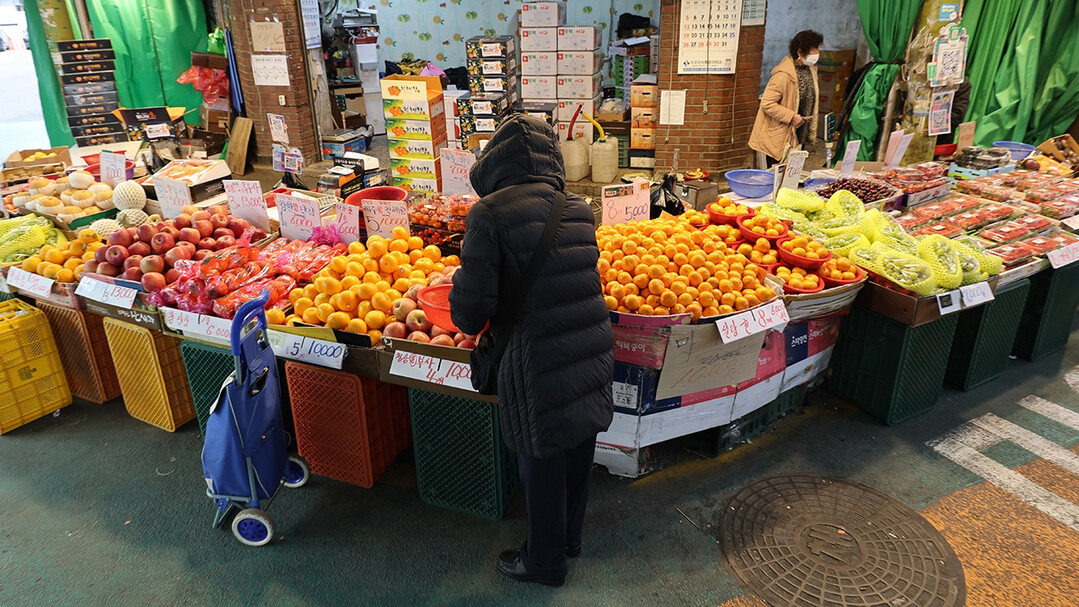
Seoul – A recent report by Statistics Korea has revealed that a staggering nine out of the top ten items that experienced the highest price increases last year were food products, primarily fruits and vegetables. This surge in food prices is largely attributed to unfavorable weather conditions, including heavy rains and heatwaves, which have led to poor harvests and reduced crop yields.
The most dramatic price hike was seen in pears, with a year-on-year increase of 71.9%. This spike is a result of a combination of factors, including low inventory levels from the previous year and a significant drop in production due to adverse weather.
Other items that saw significant price increases include tangerines (46.2%), persimmons (36.6%), and apples (30.2%). These fruits also suffered from the impact of extreme weather events. Vegetables such as cabbage (25.0%), radishes (24.5%), seaweed (21.8%), tomatoes (21.0%), and carrots (20.9%) also made the list of top ten price gainers.
The only non-food item in the top ten was computer repair services, which saw a 30.1% increase due to rising costs of electronic components and labor.
On the other end of the spectrum, the items that experienced the most significant price drops were electric rice cookers (-10.6%) and mangoes (-10.4%). The decrease in the price of rice cookers can be attributed to increased sales promotions, while the drop in mango prices is due to an increase in imports under tariff reductions.
A separate study by the Korea Consumer Agency revealed that the price of jajangmyeon, a popular Korean-Chinese noodle dish, has nearly doubled in the past decade. The average price of a bowl of jajangmyeon has risen from 4,500 won in 2014 to 7,423 won in 2024, a 65% increase. This is largely due to the rising cost of ingredients, particularly wheat flour and cooking oil.
[Copyright (c) Global Economic Times. All Rights Reserved.]




























